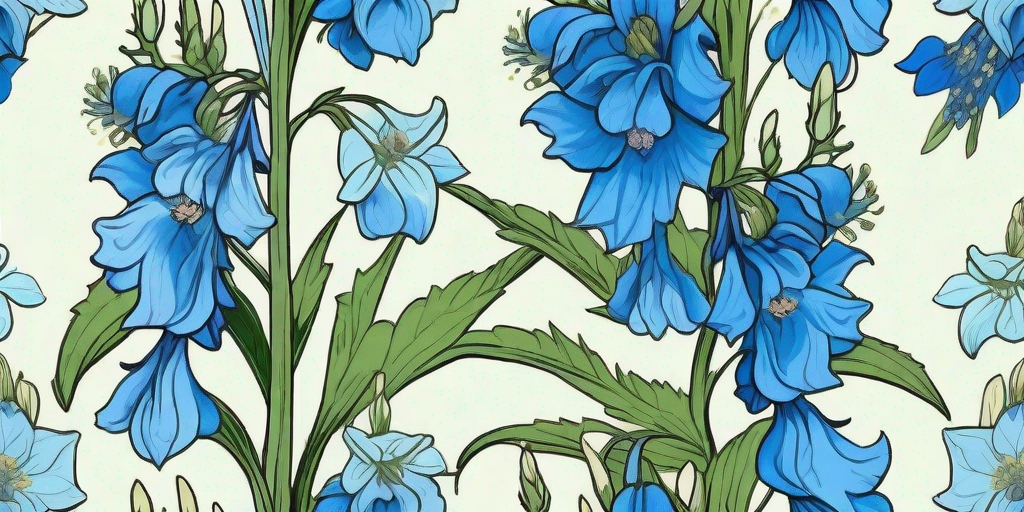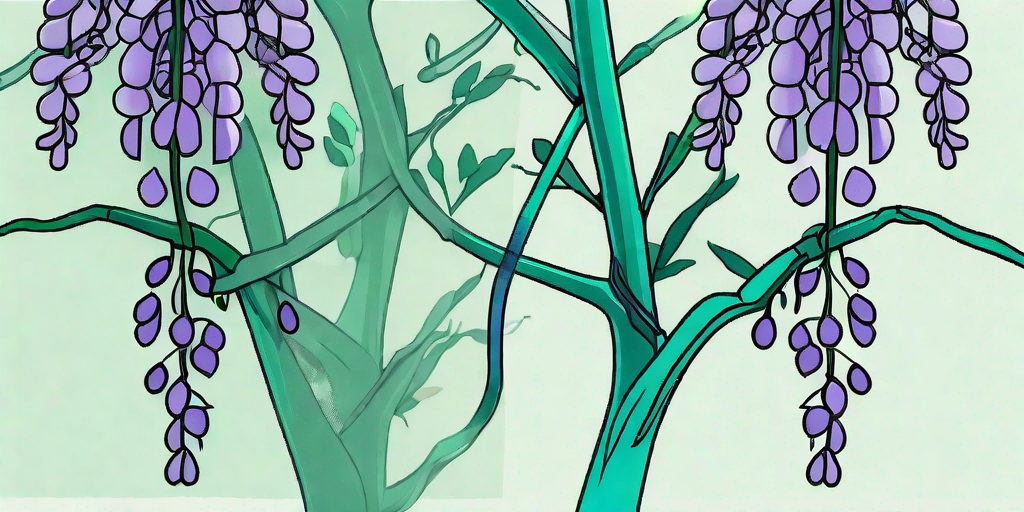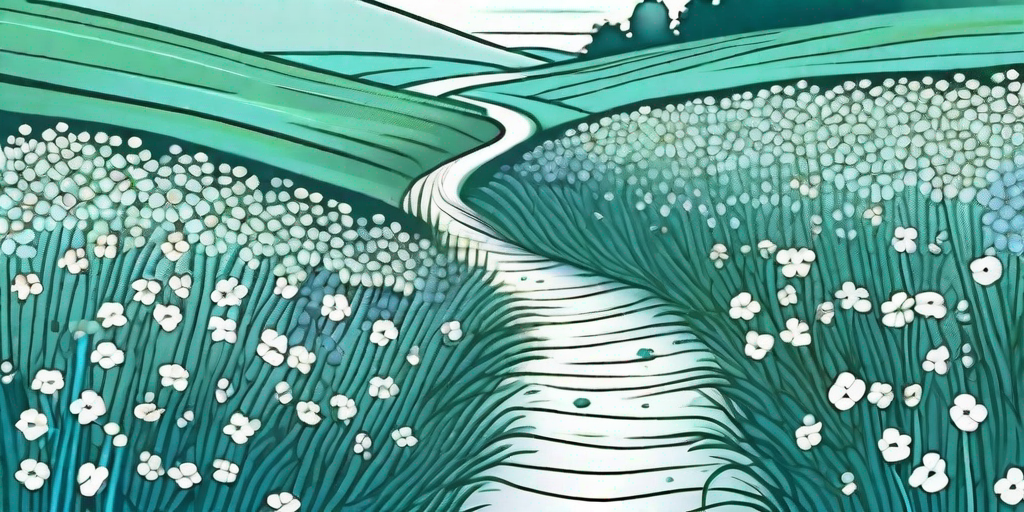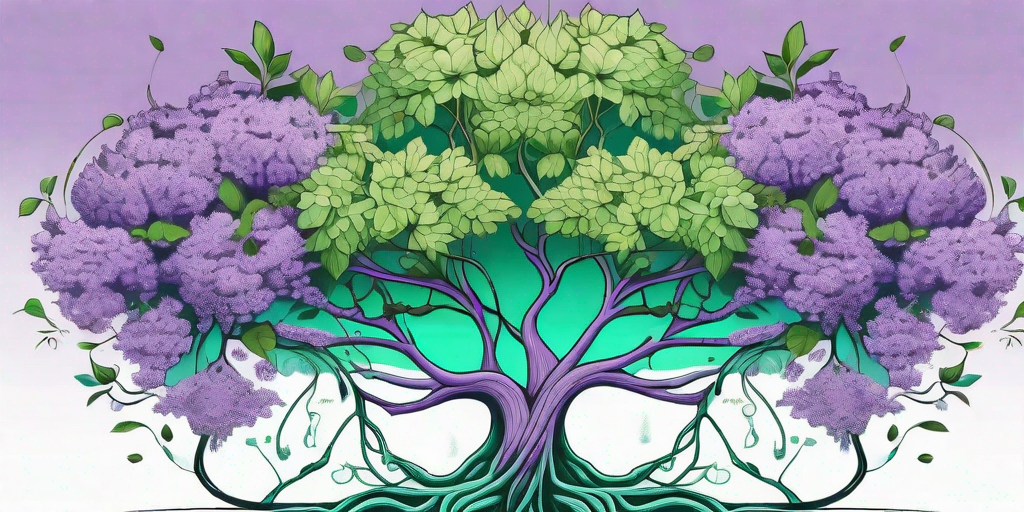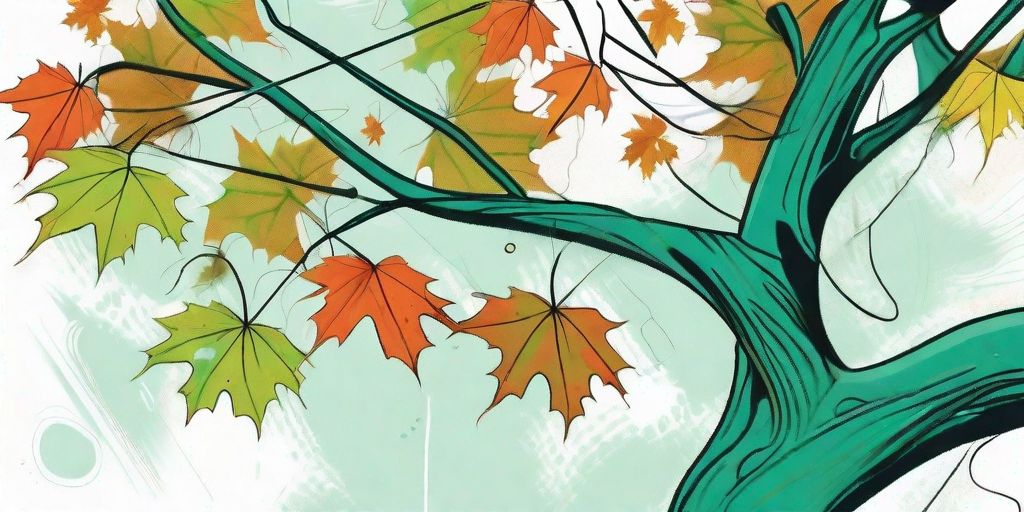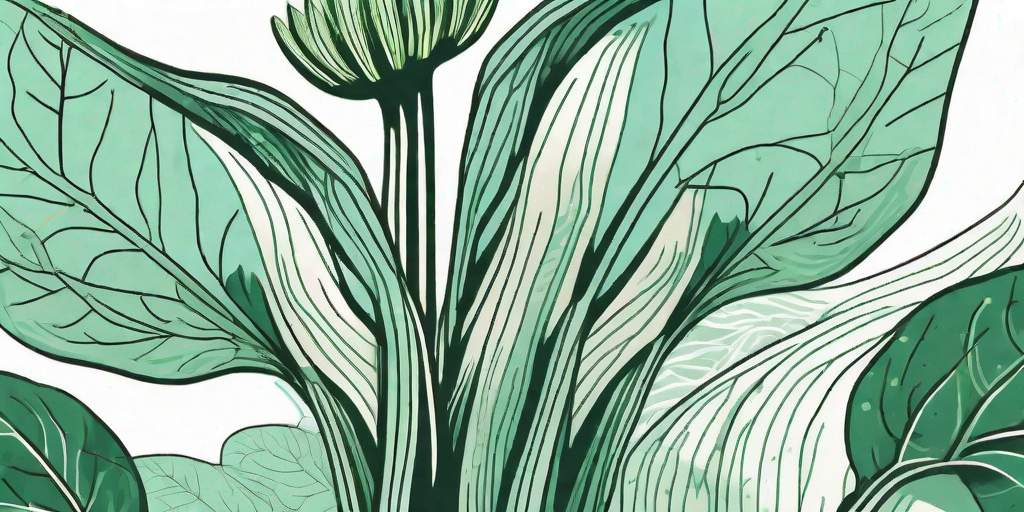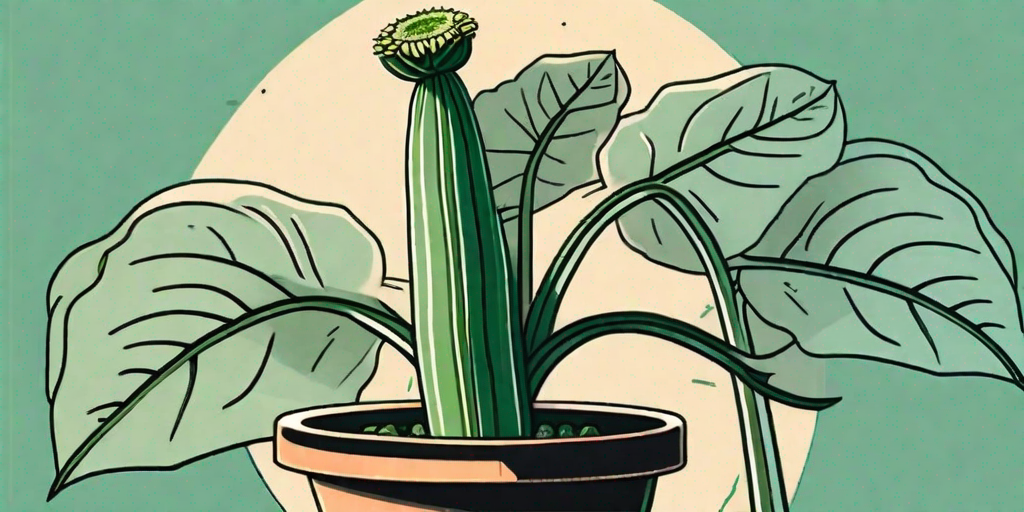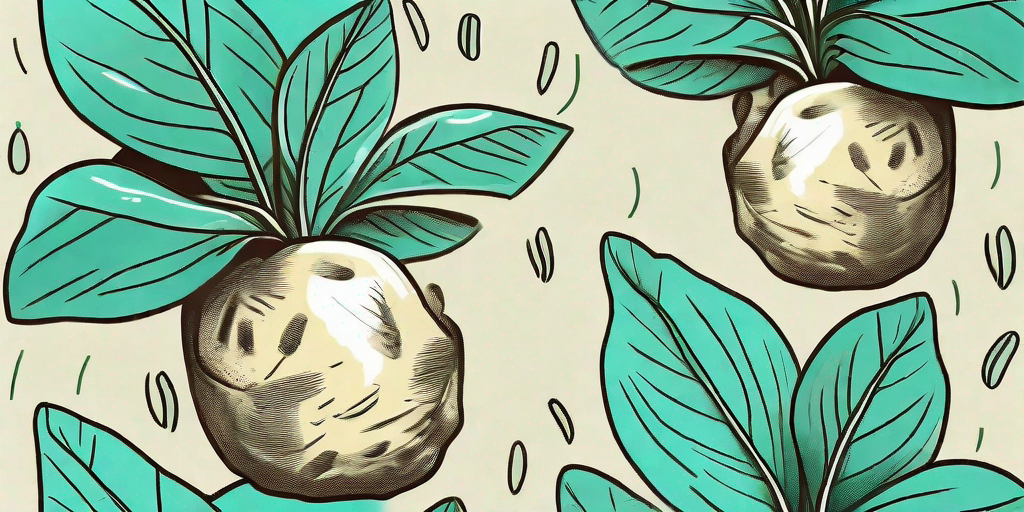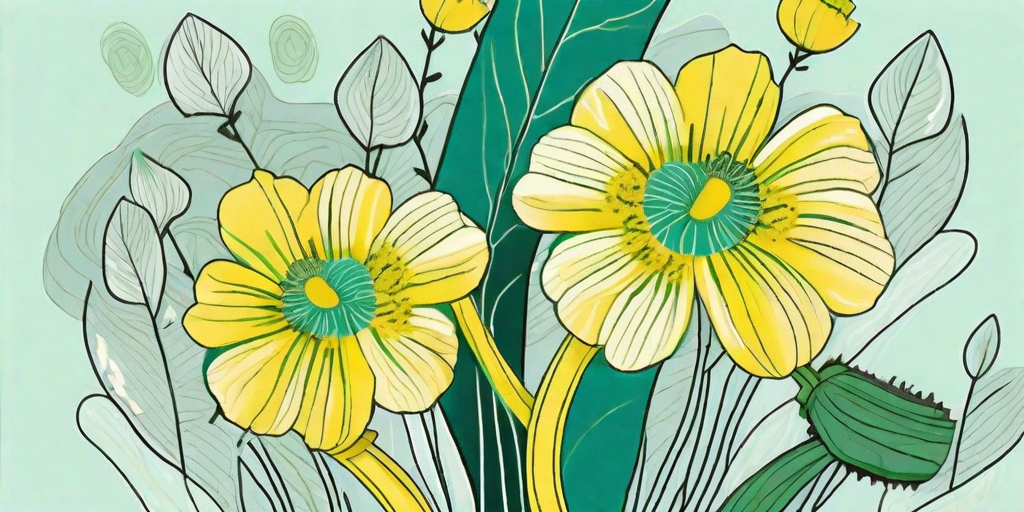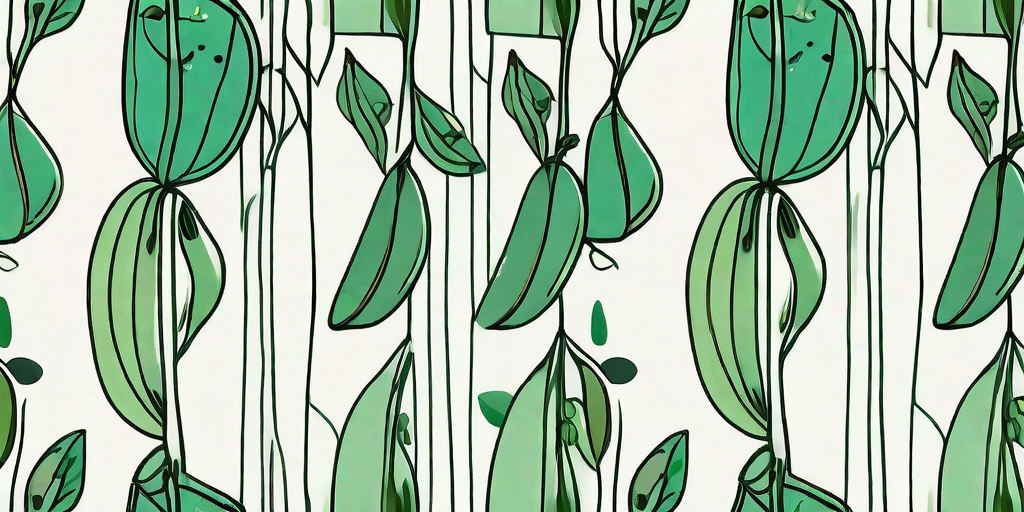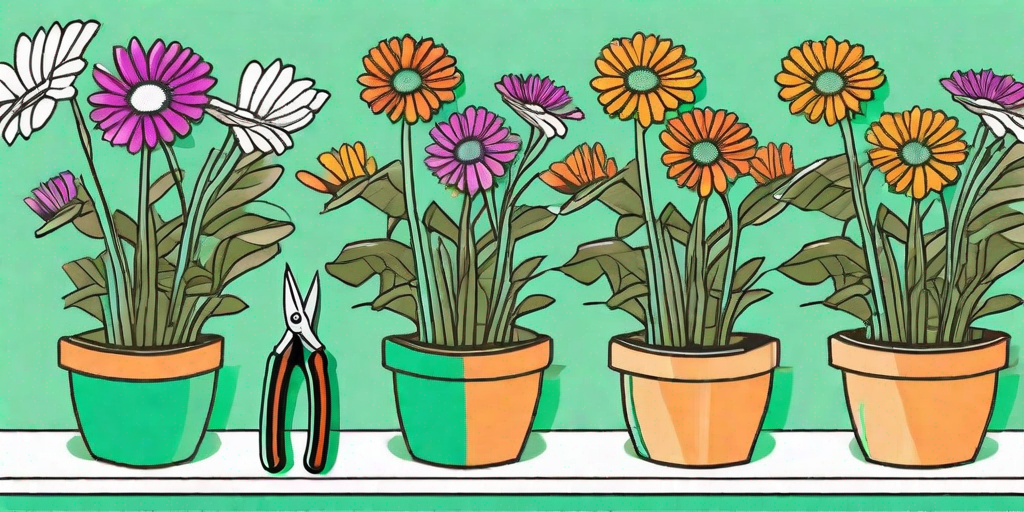
Delphiniums, with their vibrant hues and towering stems, are the showstoppers of any garden. These perennial beauties are a sight to behold, their blooms resembling a sky full of fireworks. But don't be fooled by their delicate appearance, these flowers are as tough as they come. So, let's dive into the world of Delphiniums, shall we?
The Delphinium Lowdown
Delphiniums, also known as Larkspur, belong to the Ranunculaceae family. They are native to the Northern Hemisphere and some parts of Africa. With over 300 species, these flowers come in a variety of sizes and colors, from the deepest blues to the most vibrant pinks.
These plants are known for their tall, spiky blooms that can reach up to six feet in height. They are a favorite among gardeners and florists alike for their striking appearance and long vase life. But enough with the introductions, let's get down to business.
How to Grow Delphiniums
Choosing the Right Spot
Delphiniums are sun worshippers. They need at least six hours of sunlight each day to thrive. However, they also appreciate a bit of afternoon shade, especially in hotter climates. So, find a spot that offers the best of both worlds.
These flowers also need well-drained soil. They're not fans of wet feet, so avoid areas where water tends to pool. A raised bed or a slope can be a good option if drainage is an issue.
Planting the Seeds
Delphinium seeds can be a bit finicky. They need a period of cold stratification to germinate. This means you'll need to chill the seeds in the fridge for about a week before planting. It's a bit of extra work, but trust me, the results are worth it.
Once the seeds are ready, plant them about a quarter-inch deep in the soil. Keep the soil moist but not waterlogged. With a bit of patience and a lot of TLC, you should see sprouts in about two to three weeks.
Caring for Your Delphiniums
Watering and Feeding
Delphiniums are a bit like Goldilocks when it comes to water. They don't like too much or too little, it needs to be just right. A good rule of thumb is to water deeply once a week, or more often during dry spells.
As for feeding, a balanced fertilizer applied in early spring should do the trick. Just remember, too much of a good thing can be harmful. Over-fertilizing can lead to lush foliage but few blooms, and nobody wants that.
Pruning and Pest Control
Pruning is essential for keeping your Delphiniums looking their best. Cut back the stems after the first bloom to encourage a second wave of flowers. Also, remove any dead or diseased foliage to keep the plant healthy.
Watch out for pests like slugs and snails. These little critters love to munch on Delphinium leaves. A bit of slug bait or a beer trap can help keep them at bay.
FAQs About Delphiniums
- Are Delphiniums deer resistant?
Yes, these plants are generally deer resistant. However, hungry deer will eat almost anything, so it's not a guarantee.
- Can Delphiniums be grown in pots?
Yes, but they will need a deep pot to accommodate their long roots. Also, make sure the pot has good drainage.
- Are Delphiniums poisonous?
Yes, all parts of the Delphinium plant are toxic if ingested. So, keep them out of reach of children and pets.
Wrapping Up
Delphiniums are truly a gardener's delight. With their stunning blooms and hardy nature, they are a worthwhile addition to any garden. Sure, they may require a bit of extra care, but the rewards are well worth the effort.
So, why not give Delphiniums a try? With a bit of patience and a lot of love, you too can enjoy the enchanting beauty of these stunning blooms. Happy gardening!



